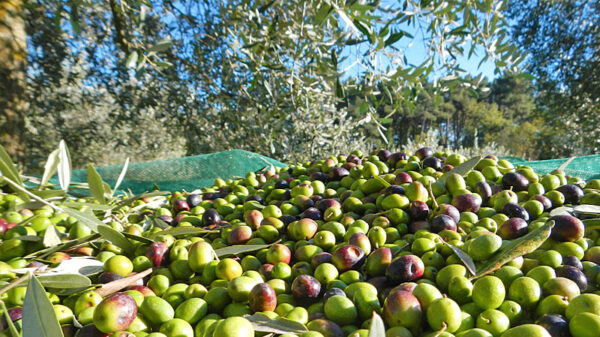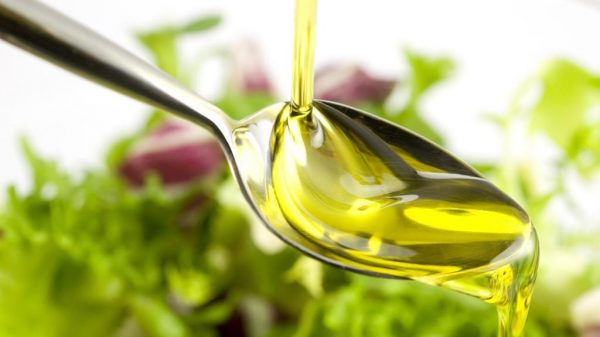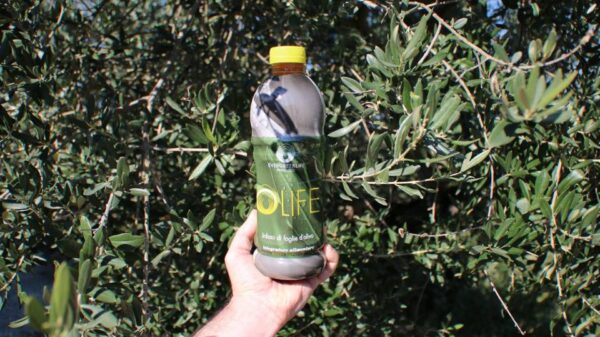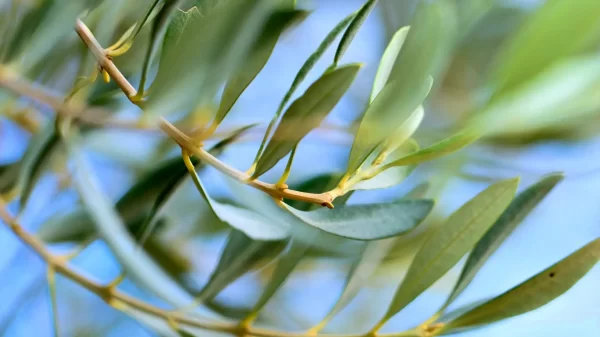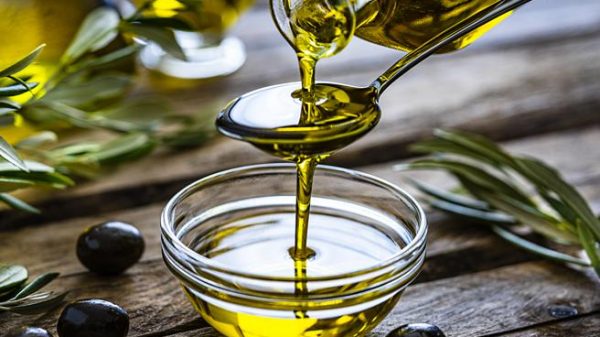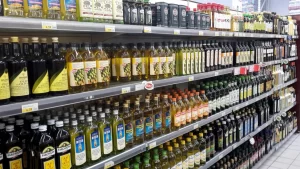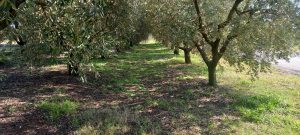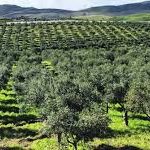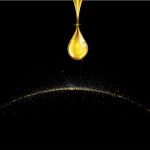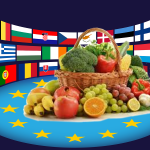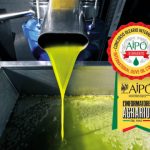 Fundamental premise: the indications that I will now give you, although they can be used for large productions, are of an amateur nature.
Fundamental premise: the indications that I will now give you, although they can be used for large productions, are of an amateur nature.
Because it is good to remember that, in Italy, all businesses that produce, process and sell alcoholic products need the Tax License (UTIF) issued by the Customs Office, which has permanent validity and does not provide for annual fees or the need for renewal except in the case of variations.
As with lemon, licorice or mandarin, too for the olive leaves it is possible to make a liqueur in alcoholic solution, following roughly the same operating principles.
The ingredients they are really simple: 1 liter of alcohol for food preparations usually at 96°, the zest of two lemons, 1 bay leaf, 600 grams of water, 500 grams of sugar, 130/180 fresh and tender olive leaves (the number depends on their size).
If you want it to have more alcohol, you can reduce the amount of water to 400 grams; if you want it less intense you can reach up to 1200 grams of water per liter of alcohol. In this case the quantity of sugar must also be varied, which must roughly correspond to 80% of the weight of the water.
Obviously, other aromatic herbs or natural flavors can be added and the quantity of leaves can increase or decrease, thus creating a personal recipe that is more suited to one's tastes/customers.
The preparation it is very simple: the olive leaves, the bay leaf and the lemon zest are infused with the alcohol, taking care to eliminate all the white part which would otherwise give a too bitter taste.
The infusion thus prepared goes left to rest for a month in the refrigerator or in a cool place unheated, taking care to shake it gently every couple of days.
Once the time has elapsed, the sugar is dissolved in hot water, preparing a syrup which, once ready, must be allowed to cool. The alcoholic infusion is taken and poured into the syrup through a narrow-mesh strainer, mixed and poured into one or more glass bottles, preferably dark in colour. The liqueur thus prepared must rest at least three months before being served.
The main foresight in the preparation is do not use leaves of treated plants with chemicals or with copper. If possible, leaves from organic cultivation should be used.
Le leaves can be collected from May to October, because in this interval they are richer in sap. The liquor that will be obtained will have a creamy consistency which, unlike what is expected, it doesn't taste like olive oil at all.
The most common selling format is theper 700ml bottle, whose price to the public can vary from €25,00 to €50,00 euros depending on the alcohol content, the packaging, the origin. His production cost, considering an alcohol/water ratio of 1 to 2 and therefore very high, it is around €9,00, bottle, sugar and label included.
di
